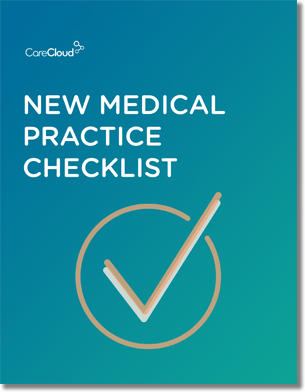The word ‘mumps’ has two meanings in the healthcare industry. Most popularly, mumps is a virus characterized by a painful swelling of the salivary glands, and is rather contagious.
Its other usage is an acronym for Massachusetts General Hospital Utility Multi-Programming System, a programming language that is almost equally contagious among healthcare IT companies.
However, not every health IT professional understands why so many electronic health records are still written using the language. Below we question the effectiveness of the MUMPS programming language.
Why Has MUMPS Survived This Long?
MUMPS was created in the late 1960s, which represents centuries in terms of technology. The language was adopted during the next two decades in healthcare and financial information databases. Even in the 2000s, a number of commercial EHR vendors are pushing systems written in MUMPS.
In 2011, the Axial Project wondered why MUMPS has been so effective in the healthcare field, attributing its success to the reliability of legacy applications. This makes for an innovation drought in the industry.
In other words, it may not be a question of why MUMPS has survived. We should instead address why innovation is so stagnated in healthcare IT.
Is MUMPS Valuable?
At first glance, enough commercial electronic health record companies are using MUMPS to justify its value. However, a huge portion of these promote client-server EHRs, which a number of industry professionals predict will fade in light of cloud-based systems.
MUMPS proponents often cite the B-Tree data structure as a testament to the language, admiring its elegance, quickness, and scalability. Still, the International Data Corporation (IDC) estimated the amount of worldwide storage data will reach 2502 exabytes (or 1 million terabytes) by the end of this year.
Can MUMPS handle the issues related to the heavy access log and data storage and searching issues resulting from this enormous amount of data?
If MUMPS is stagnating innovation, it’s important to find an alternative. Many industry professionals believe NoSQL could work well as a viable substitute, and an increasing number of more lightweight and inventive EHR systems are being carved out using Ruby.
MUMPS and Interoperability
A number of industry professionals believe MUMPS will be weeded out as doctors and hospitals continue to implement electronic health records, namely because MUMPS-based systems don’t play nice with EHRs written in other languages. There is a reason why the Silicon Valley folks aren’t too fond of the language.
If MUMPS truncates communication between systems, then it hinders interoperability, a cornerstone of EHR adoption. One of the goals of health IT is to avoid insularity, so unless your practice or hospital’s goal is to adopt a client-server enterprise system with limited scalability – and you don’t care much for interoperability – MUMPS may be an option for you.
But it doesn’t have a place in the future of healthcare.

Do you know what you need when setting up a new medical practice?



